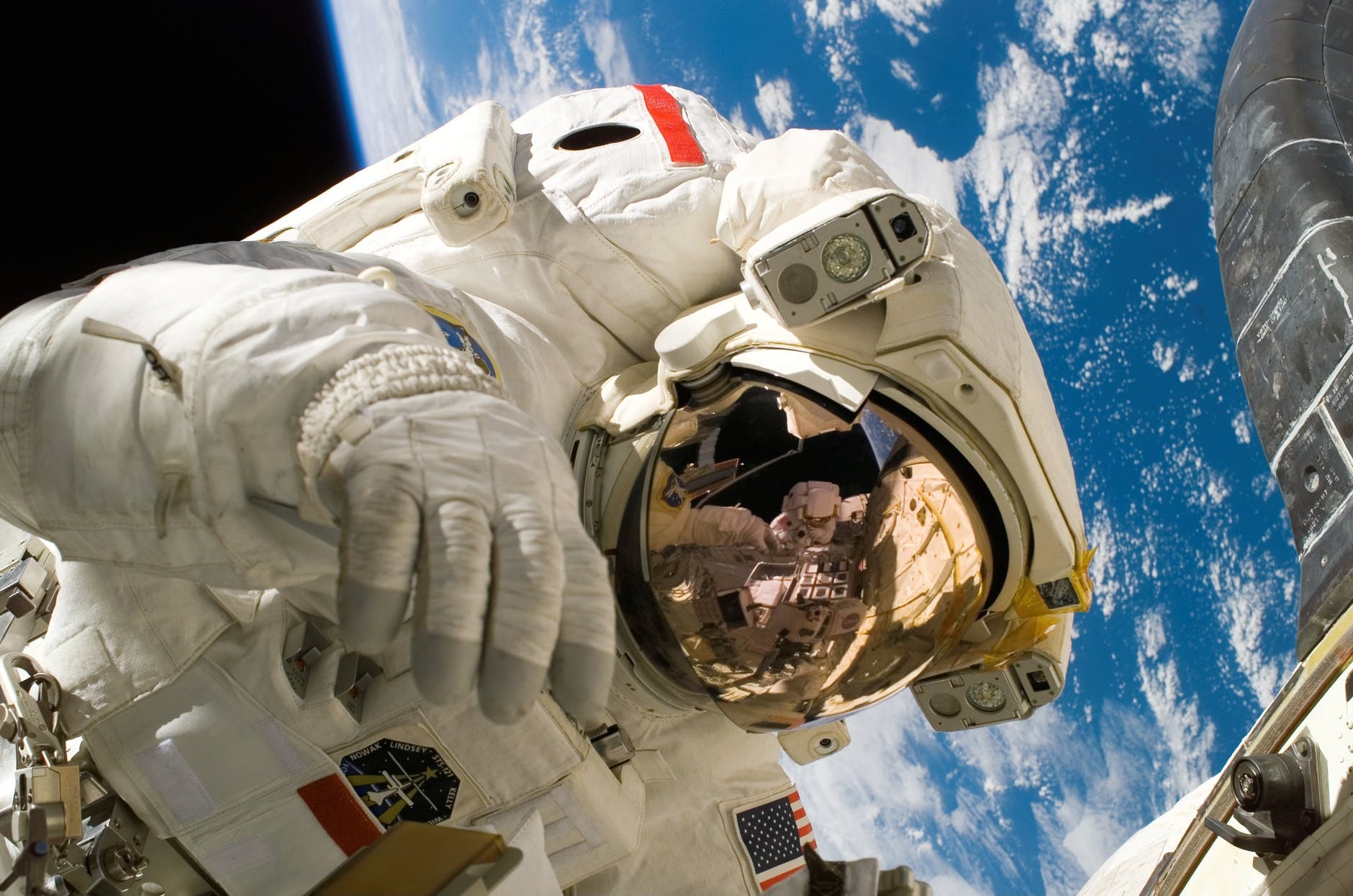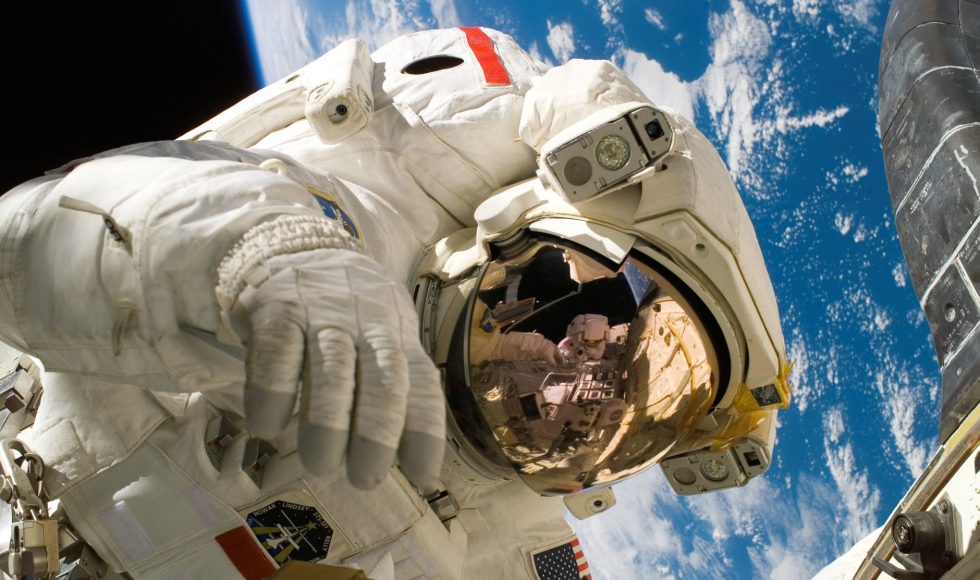Belonging and identity in STEM have been frequently mentioned in talks and studies I have encountered lately. Tonight’s OpenEd 2021 session was entitled “We Belong in STEM: Student-Created Scientist Spotlights in Introductory Astronomy” and Andrea Goering, an instructor of physics and astronomy at Lane Community College in Eugene, Oregon, brought in a different perspective. The goals of the session focused on the purpose of Scientist Spotlights and explain how student-created work can provide the basis for discussions about diversity. Scientist Spotlights were developed by Schinske et al. 2016. Students review the biographical and scientific work of scientists and then reflect: “based on what you know now, describe the types of people that do science. If possible, refer to specific scientists.” The intention is to, as Goering mentioned, “break away from scientist stereotypes.” Goering mentioned that most traditional spotlights are instructor-curated, and instructors choose the information and only share a few scientists per term. Goering mentioned that the Scientist Spotlight website has contributions from the community but few for astronomers. Goering asked students to create one-page flyers, learn about copyright basics, and create diverse examples with images that represent the scientists. Citing Aranda et al. 2021, Goering mentioned that there is data on how the spotlight products change the views of both the student-creators and the readers. Goering mentioned that student-created spotlights are a great tool for open, critical, and responsive pedagogy. They are open because students are invited to submit their spotlights. They are critical because students reflect on diversity and inclusivity within STEM. They are responsive because they “leverage” student experience and voices. Goering explained using quotes how this assignment of student-created spotlights helps students reflect on diversity and stereotypes. Goering ended with some examples of how to expand the assignment to a public website for outreach and build on the work of previous students. One idea I liked was to map the location of scientists and then evaluate the global diversity of scientists in this field. I have honestly struggled with the idea of spotlighting scientists, though I think there are good intentions and lots of data supporting their use. I feel that the exercise, while it removes some stereotypes, it also can artificially create a sense of diversity where there isn’t, thus avoiding tackling the systemic barriers. I also realize that there are no easy options or solutions and that learning about diversity and reflecting on its significance can lead to transformations in the students we teach. I love the integration of open, critical, and responsive pedagogy connections that Goering brought to this forum.



